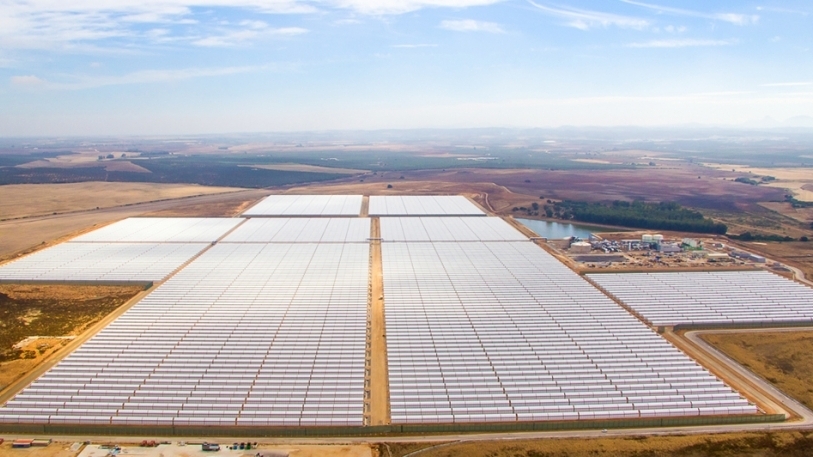
NZAOA members commit to setting climate targets for private assets
Investors in the Net Zero Asset Owner Alliance (NZAOA) have committed to set climate targets and report on their private asset holdings over the next five years.
On the launch of the NZAOA’s fourth Target-Setting Protocol, a framework for reporting and delivering on short-term climate targets, the alliance announced that it was expanding its reporting to cover all private assets. This includes private debt funds, directly held private debt, directly held real estate debt funds and residential mortgage loans.
The new protocol means that decarbonisation strategies of the NZAOA’s members will cover nearly all their investment portfolios, the UN-convened alliance of 89 institutional investors representing $9.5trn of assets said.
Günther Thallinger, board member of Allianz SE and alliance chair commented: “The fourth and most comprehensive Target-Setting Protocol has been approved by every alliance member as we continue to work towards a 1.5°C scenario.
“This unanimous endorsement underscores the strong commitment of all members to implement their net-zero targets in line with sound science. But we must close the widening gap between our ambitions and the real economy, which is lagging behind science.”
Under the latest protocol, all NZAOA members are required to set the next round of five-year targets, which will cover the period 2025-2030. Members will target a 40 to 60% greenhouse gas emissions reductions by 2030, compared to 2019, in line with Intergovernmental Panel on Climate Change Sixth Assessment Report estimates, the NZAO explained.
However, the protocol also reaffirmed the alliance’s stance on carbon removals, stressing that members “shall not” use the assets for their own decarbonisation target achievements, instead prioritising emissions reductions.
Despite this, members are “encouraged” to contribute to a liquid and well-regulated carbon removal certificate market in this period, as well as invest in projects and technologies of durable carbon avoidance and removal.
The NZAOA also announced that in a pilot this year, the alliance will take additional steps to assess sovereign debt portfolios through a scorecard.
Under the Assessing Sovereign Climate-related Opportunities Risks (ASCOR) database, asset owners will be able to assess governments’ climate-related commitments, policy frameworks and support for a just transition, the alliance stated. The Target-Setting Protocol is updated annually as new methodologies evolve.



